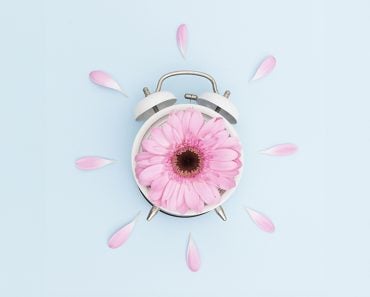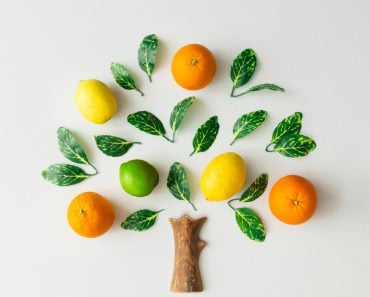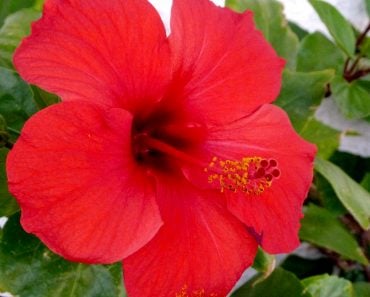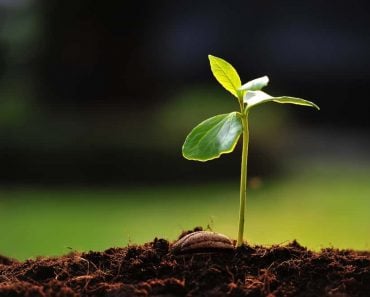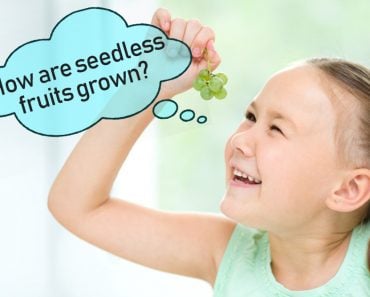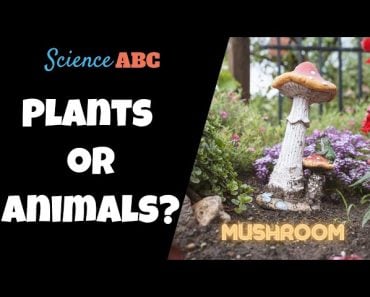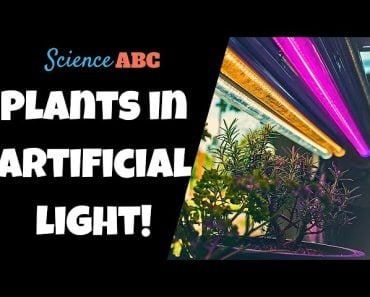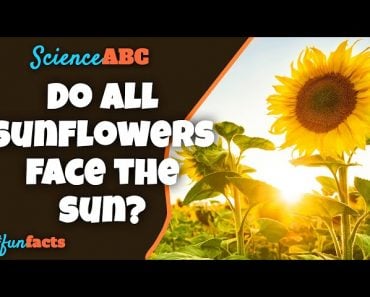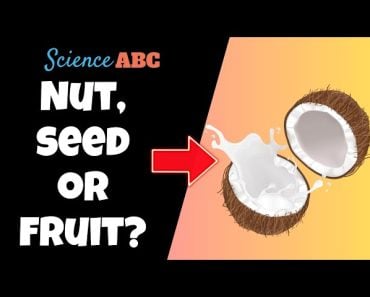Table of Contents (click to expand)
A flower bulb is an underground modification of certain plants to overcome unfavorable seasons. These bulbs can propagate themselves as offsets (clones) or seeds. In contrast, the seed is a mature ovule produced by all flowering plants, bearing the embryo, the end product of fertilization, within it.
As spring awakens, so do the enchanting blooms of tulips and daffodils. The secret to these early-season blooms thrives deep in the soil in the form of bulbs! Certain flora, such as alliums, hyacinths and tulips, adopt a survival tactic to avoid death in the face of harsh weather! Sounds contradictory, right? Well, that’s how it may seem to us!
These plants die back to the ground and store their next generation as an underground bulb. As the weather begins to transition to the safer (warmer) side, these hidden beauties reveal themselves.
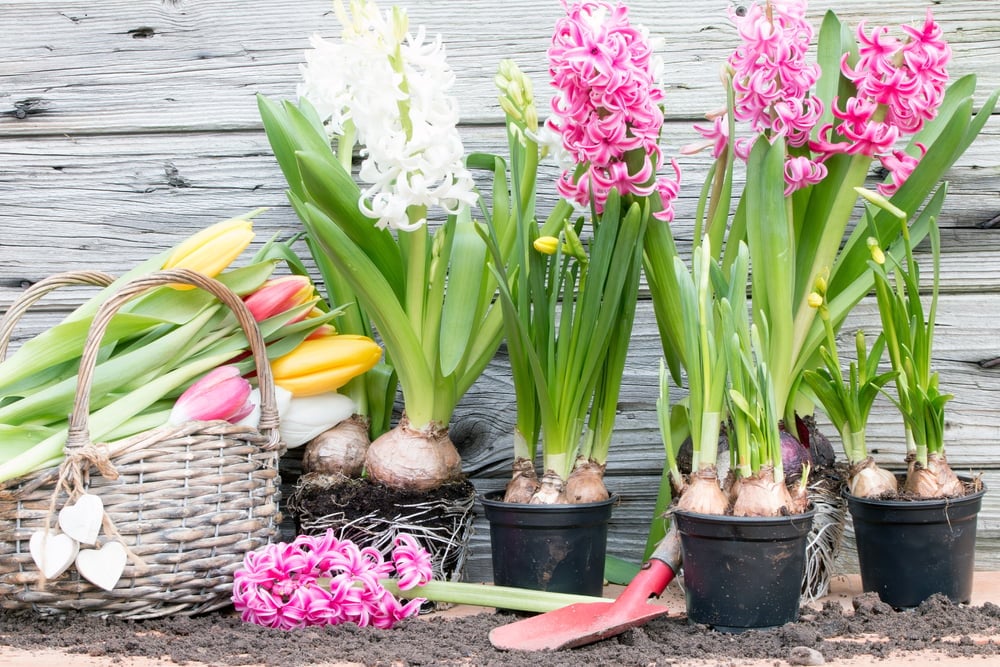
Let’s learn more about these flower bulbs and how they compare to more traditional seeds.
Recommended Video for you:
Components Of A Flower Bulb
Don’t let the tiny structure of a flower bulb deceive you. Although it is comparatively smaller than a plant, it has all the plant’s complex systems, such as roots and stems. The only difference is that they exist in modified forms.
Below are a flower bulb’s essential structures.
The basal disc of a flower bulb is the compressed stem. Similar to any plant stem’s function, this basal disc forms the skeletal support. It interconnects all the parts of a bulb.
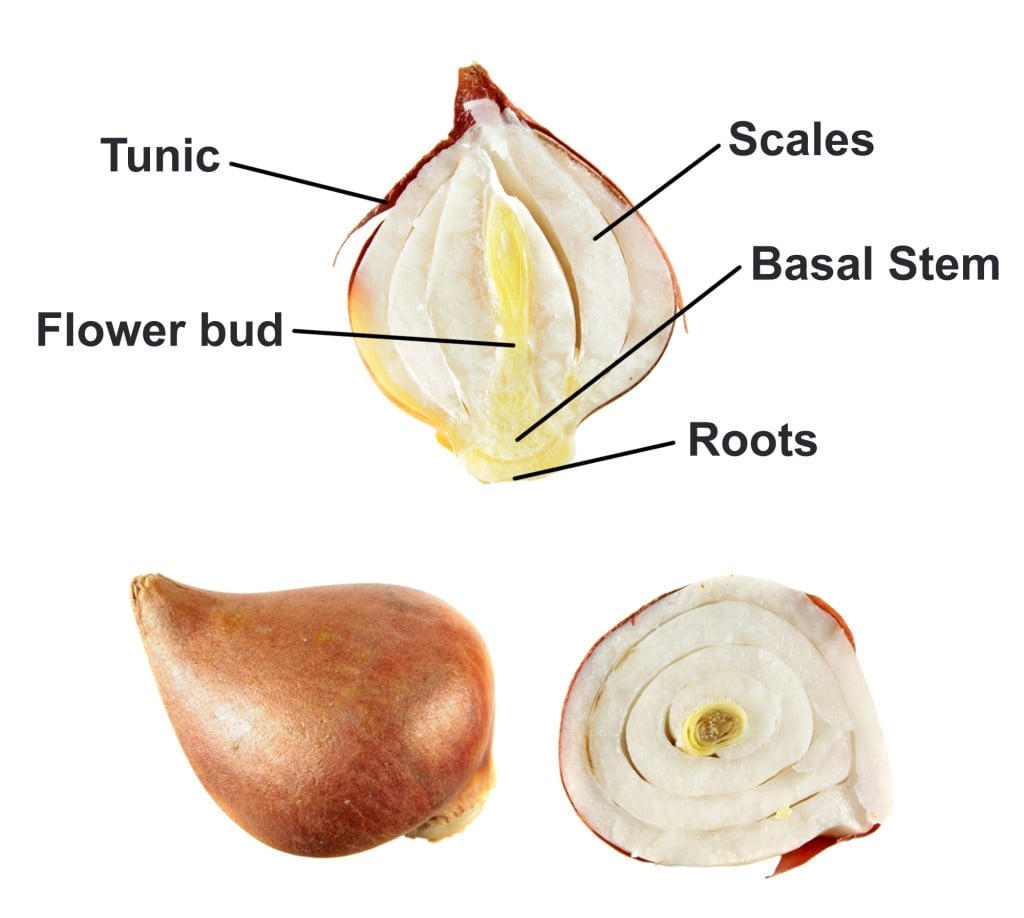
Below the stem, a tuft of roots arises, which is the nutrient and water supplier to the bulb parts above.
The scaly frame above the stem are modified leaves, which are the food storage organs. Flower bulbs like tulips and hyacinths cover these scales with an outer papery tunic. This protects the underlying leaves and also prevents their drying up, whereas in imbricate bulbs, like lilies, this tunic is absent.
At last, the flower bud, which is the future bloom, is found deep in between the scales.
Components Of A Seed
Seeds are much more complex than flower bulbs. They are mature ovules and represent the embryonic stage of a plant. One can view a seed as the fetus of the plant world!
Seeds have an outer hard seed coat that protects the internal structures. The plumule and radical are also present within its durable seed coat, representing the shoots and roots.
Additionally, cotyledons exist to function as embryonic leaves, acting as a nutrient storage for the germinating seed.
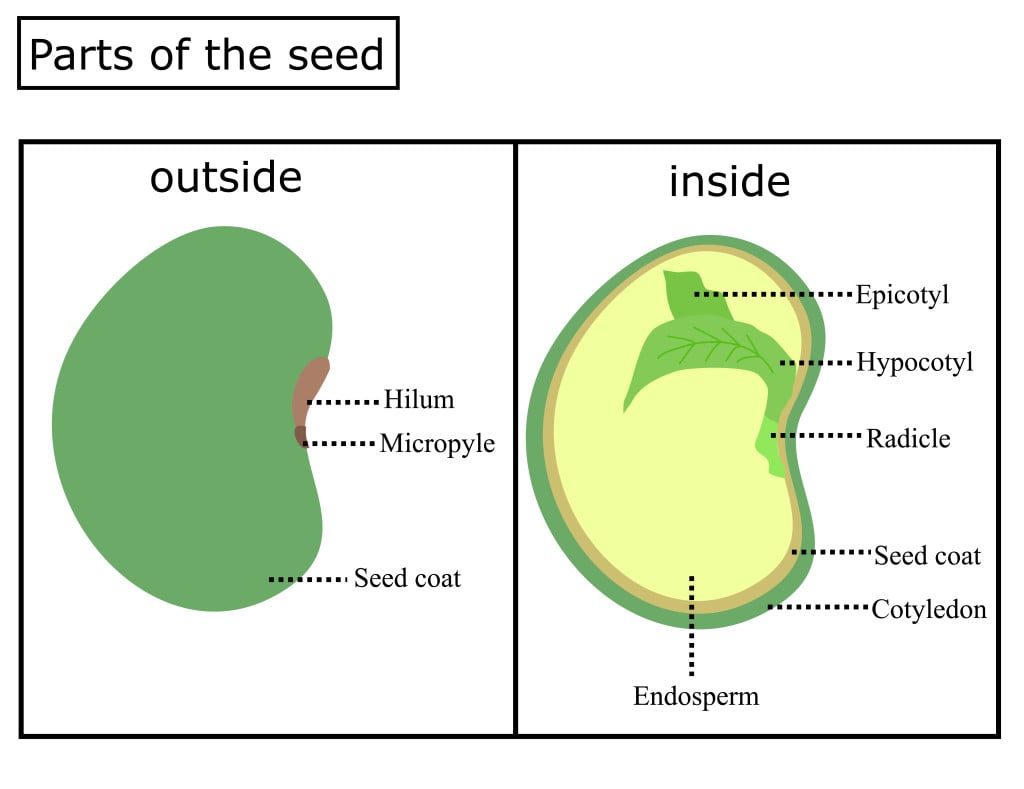
If you wish to know more about how tiny seeds develop into seedlings, read this article.
Flower Bulbs Vs. Seeds
The only thing in common between bulbs and seeds is that they grow into a new plant once sown in the ground. The following significant differences exist between seeds and flower bulbs.
Seeds are formed by the fusion of gametes from different plants’ flowers (self-pollinated plants are an exception). Since recombination occurs during gamete production, the gametes carry genetic information that is different from their parents.
Hence, offspring (seeds) have greater genetic diversity than their parents. However, flower bulbs are clones (genetically identical) of their parent plant, so there is no route for gene diversity.
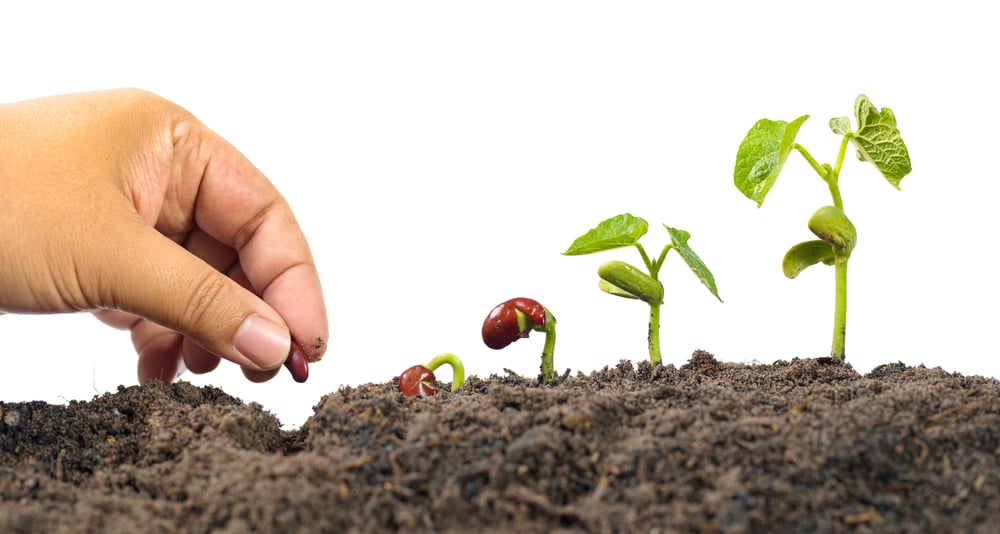
Additionally, a flower bulb is in itself the whole life cycle of a plant, meaning that it is both the vegetative and reproductive unit of the plant. On the other hand, seeds are the end product of the reproductive cycle.
Another difference is their dormancy period. Seeds undergo a period of dormancy to support their survival when being dispersed, because germination in the wrong environment essentially spells death for the “newborn”.
Hence, plants form seeds with increased dosages of hormones, such as ABA. This prevents hastened seedling formation. In usual cases, seed dormancy lasts for a few days to a few weeks, but in some extreme conditions, it can go on for hundreds of years!
In contrast, flower bulbs are more of a seasonal dormant being. They undergo changes as a defense against harsh seasonal shifts. For example, the spring bulbs enter an inactive phase to avoid the harsh summer period. It had earlier underwent active photosynthesis during the spring. They then develop a pre-formed underground plant in the form of a bulb. Once the unfavorable summer ends, the bulbs grow out of the soil and develop into a plant.
Finally, a seed represents a sexual form of reproduction. It is dependent on flowers and pollination to continue its life cycle. In comparison, flower bulbs are independent and majorly develop baby bulbs (offsets) to reproduce. However, bulbs can also produce flowers and seeds.
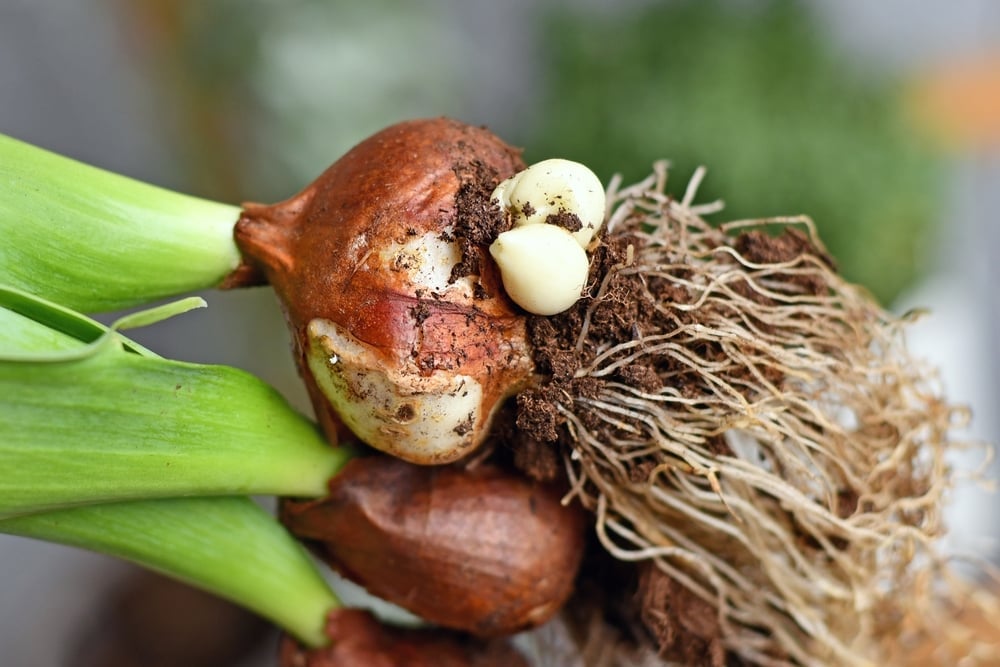
Not-so-true Bulbs!
Besides flower bulbs, some plants bear underground portions that mimic true bulbs. However, these don’t have all the well-defined structures of flower bulbs.
These bulb-like plants include corms, which don’t have leaf equivalents, like scales. The modified stem itself performs the food storage function.
You can see corms in plants like gladiolus and crocus.
In addition, some plants develop tubers, wherein they don’t have a basal plate like a true bulb. Instead, they have buds that produce roots and shoots. The best example of such a flowering tuber is the potato (Yes, they do flower!). You have probably seen the eye-like build-up on older potatoes… those are its asexually propagating buds!
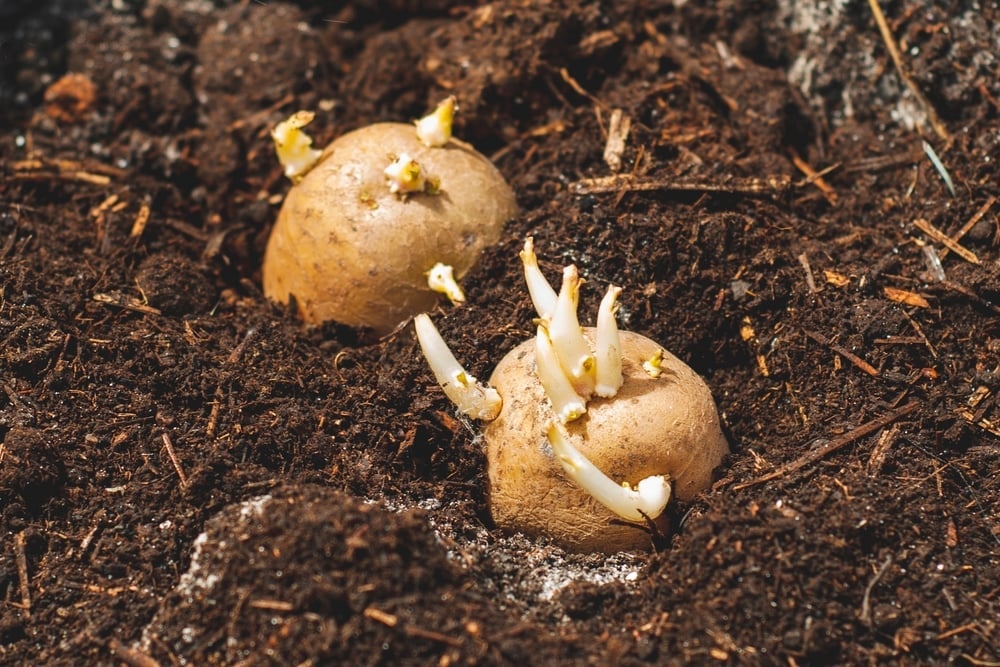
Conclusion
Whether it’s a true flower bulb or corms and tubers, the primary function they share is the ability to store nutrients and use them during self-propagation.
Humans have learned to use various plants’ ability to propagate from bulbs or buds, and often employ them in place of seeds for food production. This skips the embryonic stage and saves time. Basically, it would take much longer for our favorite potato fries and chips to reach our plates if it weren’t for buds!
References (click to expand)
- Cornell, H. (2003). The chemistry and biochemistry of wheat. Bread Making. Elsevier.
- Bulbs | University of Maryland Extension. University of Maryland, College Park
- Bulb Basics | Bulbs & More - University of Illinois Extension. Urbana-Champaign
- Is This a Bulb? - UF/IFAS Gardening Solutions. University of Florida Institute of Food and Agricultural Sciences

